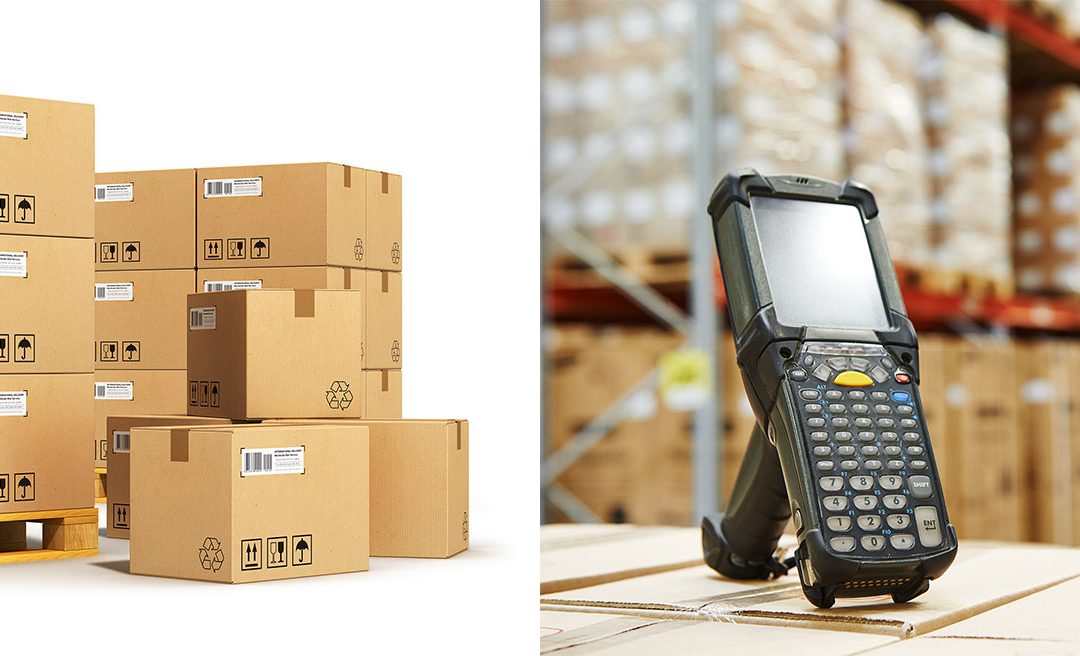In today’s fast-paced logistics environment, efficiency is key. One of the critical components of streamlining operations is the ability to effectively manage inventory and shipments. Building a pallet for shipment using a handheld barcode scanner can significantly enhance this process. Let’s explore how this simple yet powerful tool can transform your shipping operations.
Understanding the Basics
Before diving into the details, let’s establish what a pallet is. A pallet is a flat structure used to support goods in a stable manner while being lifted by forklifts, pallet jacks, or other jacking devices. In warehouses and distribution centers, pallets are essential for organizing and transporting products.
A handheld barcode scanner, on the other hand, is a device that reads the barcode labels on products to facilitate tracking and inventory management. When combined with the pallet-building process, these tools can streamline operations, reduce errors, and improve overall efficiency.
Benefits of Using a Handheld Barcode Scanner
- Increased Accuracy: Manual entry of product information can lead to mistakes. Barcode scanners eliminate this risk by automating data entry, ensuring that the right products are scanned and accounted for.
- Time Efficiency: Scanning items is typically faster than typing or writing down information. This speed can significantly reduce the time spent building pallets and preparing shipments.
- Real-Time Data: Many handheld scanners can integrate with inventory management systems, providing real-time updates on stock levels and shipment status. This capability allows for better planning and management of inventory.
- Improved Traceability: With every item scanned, you create a digital record. This traceability is crucial for tracking shipments, managing returns, and ensuring compliance with industry regulations.
Steps to Build a Pallet for Shipment
Step 1: Prepare Your Workspace
Ensure that your workspace is clean and organized. Designate a specific area for pallet building to minimize distractions and streamline the process. Make sure you have the necessary materials: pallets, shrink wrap, and your handheld barcode scanner.
Step 2: Gather Your Products
Collect the items you need to ship. Before you start scanning, it’s helpful to have a list of the products and their quantities. This way, you can quickly check off items as you scan them.
Step 3: Scan Each Product
Using the handheld barcode scanner, scan each item as you place it on the pallet. As you scan, verify the quantity and confirm that each product is the correct one. Many scanners allow you to input quantities directly, so you can easily adjust if needed.
Step 4: Organize the Pallet
Arrange the products on the pallet in a stable manner. Heavier items should be placed on the bottom, with lighter items on top. This arrangement not only helps with stability but also makes it easier to access items later.
Step 5: Document Your Shipment
After scanning all items, generate a digital record of the pallet. This record should include product details, quantities, and any relevant shipment information. If your system allows, this information can often be sent directly to your shipping department.
Step 6: Secure the Pallet
Once everything is in place and documented, wrap the pallet securely with shrink wrap. This step is crucial to ensure that the items remain intact during transportation. Make sure to label the pallet with the appropriate shipping information.
Step 7: Final Check
Before sending off the pallet, do a final check against your shipment list. This verification ensures that everything is correct and ready for shipment, reducing the likelihood of returns or disputes later.
Conclusion
Building a pallet for shipment using a handheld barcode scanner not only streamlines the shipping process but also enhances accuracy and traceability. By incorporating technology into your logistics operations, you can reduce errors, save time, and improve overall efficiency. As the logistics landscape continues to evolve, adopting these practices will be essential for staying competitive. Whether you’re a small business or a large corporation, leveraging the power of barcode scanning can transform the way you manage your shipments. Embrace technology and watch your shipping operations thrive!

